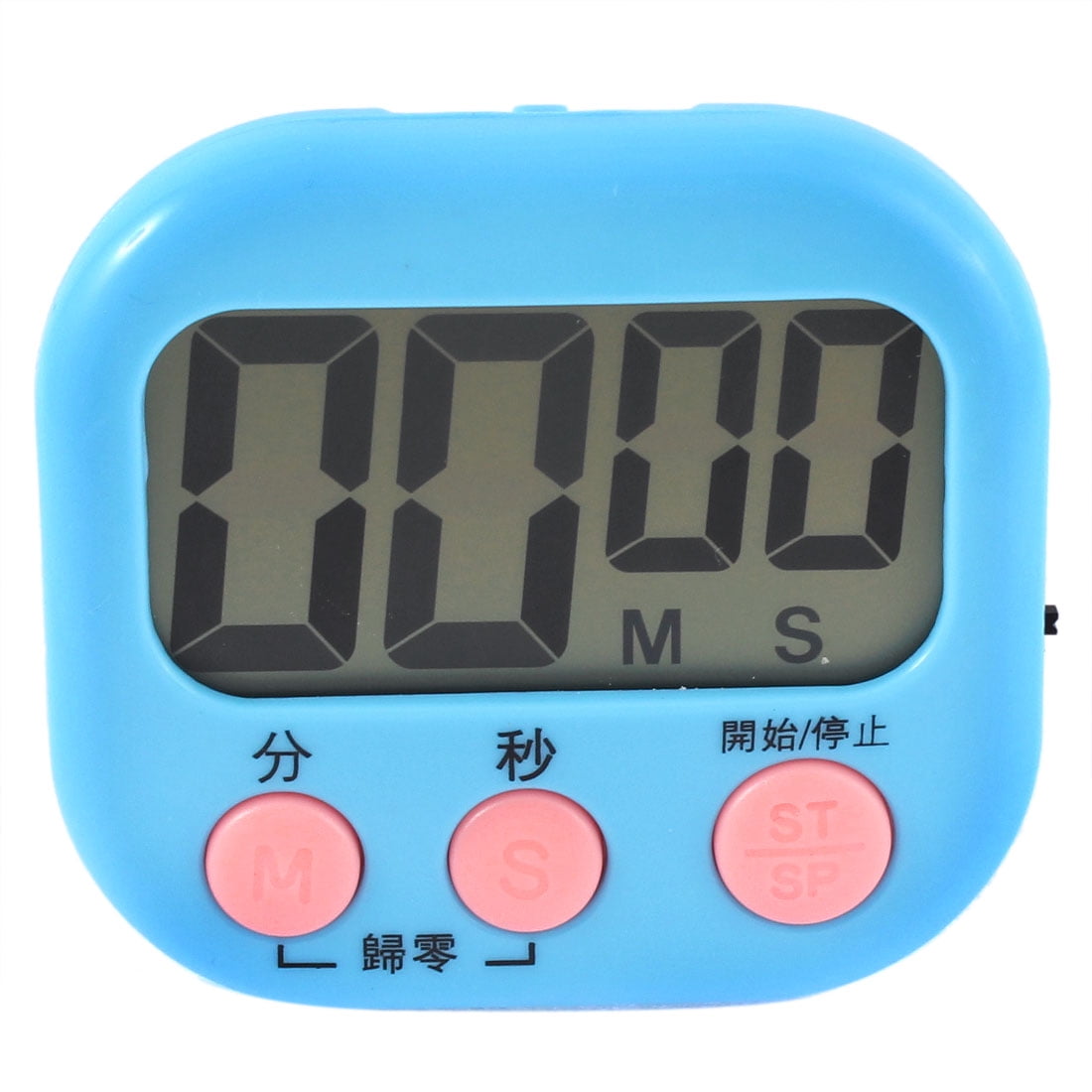
The only notable statement is the first, which will set the initial LCD display cursor's position. The setup() function carries out the usual preliminary steps you've seen gazillions of times in any Arduino sketch out there and so far.
#COOL KITCHEN TIMER FREE#
Please feel free to browse them, their crystal-clear names and some scattered comments will guide you understanding the whole thing.
#COOL KITCHEN TIMER CODE#
The next 51 code lines contain the static variables declaration and initialization.

Play, have fun! The life with Arduinos starts right after that copy/paste! Please feel free to scramble the pins at your will in order to obtain a nice wiring layout: don't follow me in this, as I did a terrible wiring plan! :D For instance, you can reverse the latter four pins in the above statement in order to avoid the yellow wires crossing you can see in the schematic below (obviously, you'll have to adjust the button pin constants accordingly, see below). Next, let's initialize that nice LCD module: LiquidCrystal lcd (12, 11, 5, 4, 3, 2)
#COOL KITCHEN TIMER INSTALL#
If you don't have them already, you'll need to download and install them:

RINGING - When the desider amount of time is elapsed, this mode is automatically activated you can leave it (i.e., make the little boy stop ringing) by pressing any switch.įirst, we need to include the proper libraries: # include # include RUNNING - You can enter this mode by pressing S3, while leaving it will require both S3 or S4 (which will lead you to IDLE mode). SETUP - you can enter this mode by long-pressing S4 (in the code this is called also "reset button") here, by using S3 ("start stop button"), you can choose which value to change in order to set the elapsed time to be counted down later finally, using S2 ("down button") and S1 ("up button") respectively, you can decrease or increase the choosen value (hours, minutes or seconds). IDLE - the timer is awaiting for your input, showing the currently set time amount this is also the initial mode after power up or reset. The timer itself can run in only one out of four modes at a time: And this will show you how those little gadgets actually work. It's in its box, below again.īasically, like any other similar device you can buy for a buck at any store near you. You can find the component list below.Īnd, well, you'll need the code too. You'll need a power source too: while playing around, the PC' USB port and cable will be enough.įirst: please gather all needed components from the Starter Kit or your preferred component bin if you don't have one, don't panic.

Feel free to accomodate the project into a larger one, if you wish. Now that you know where all this came from, let's go deep into it.Īll components I used came from the Arduino Starter Kit, including the small breadboard you see in the pics and in the video. Let's make a better one!Īnd God said, I heard your call, let there be Arduinos: and there was Arduinos all over the earth, and that was good.Īnd human beings took an Arduino and created a better kitchen timer, like this one.Īdafruit Standard LCD - 16x2 White on Blue *1Īnd God saw the new kitchen timer and said: I saw your new kitchen timer and it looks awful, but it seems too much fun! And that is good. And human beings created digital kitchen timers, like this one.Īnd human beings said, Cool but a little dismal. In the beginning God created the heaven and the earth.


 0 kommentar(er)
0 kommentar(er)
